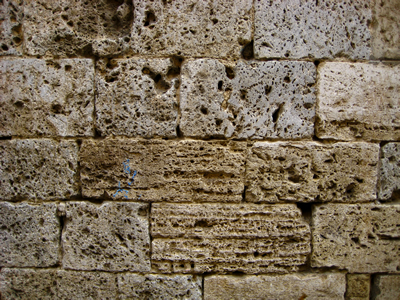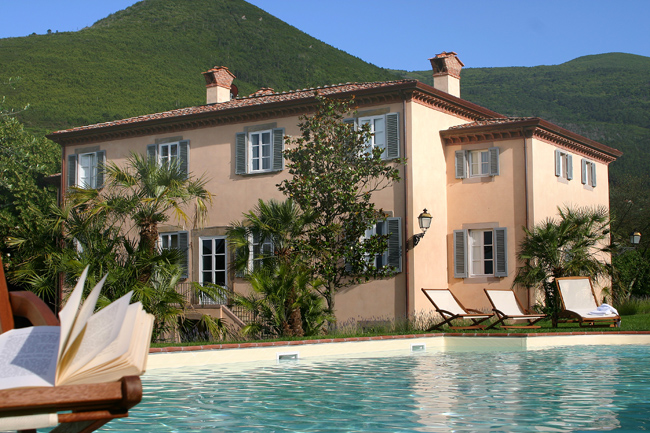
For your charming accomodation in Tuscany… choose a beautiful Lucca country-side!
Rent a villa for your unforgettable stay in tuscan hills.
Facilities:
swimming pool
daily breakfast
air conditioning
central heating
computer & internet
stereo CD player with central rediffusion
satellite TV
alarm







